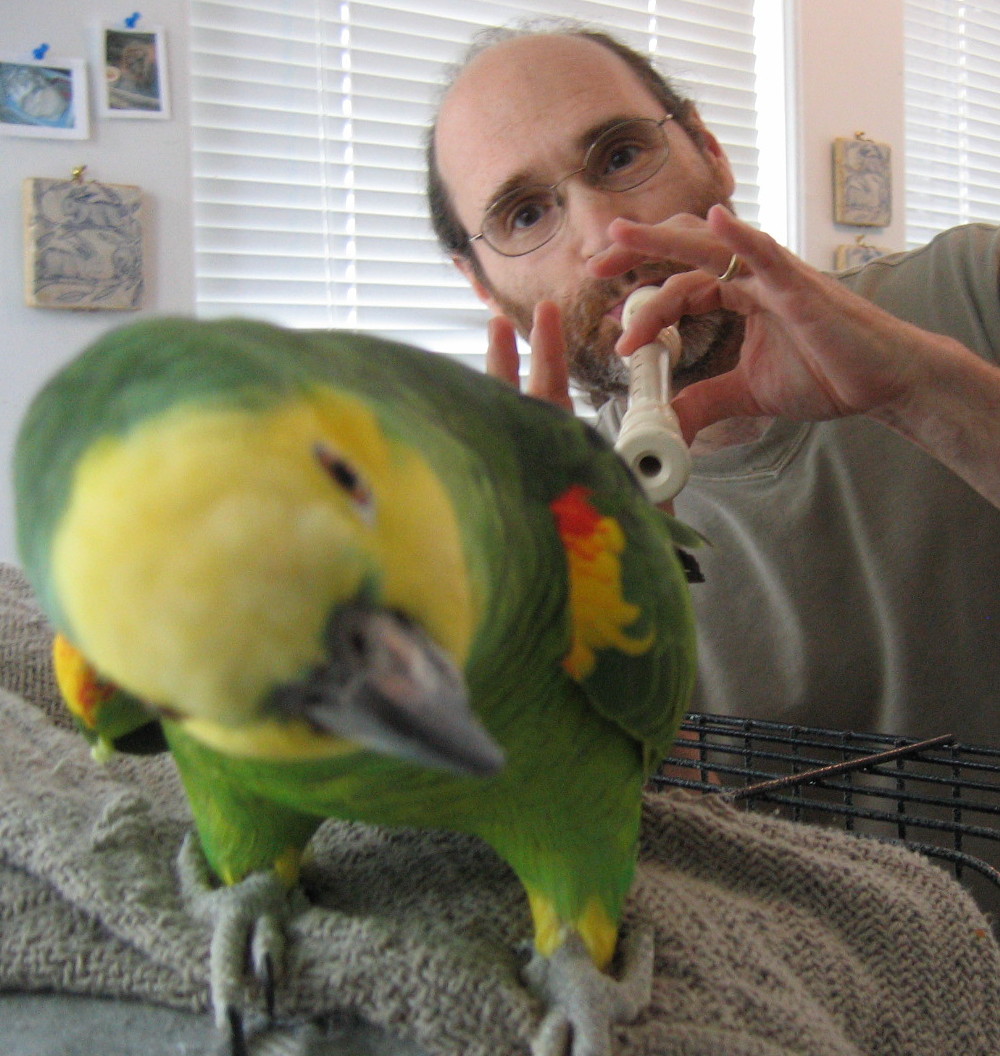Articulation or Air-ticulation? That is the question.
And that is the DISCOVERY!
From the very beginning, as brass players, we are taught some form of articulation. Whether it is to say "TAH", TOH" or "TUH" and then eventually for trombone players to say "DUH", "DAH" or even "LAH" for legato articulation. All of these suggest the placement of the tongue with a syllable as well.
One famous bass trombonist from 'yesteryear' was a man named John Coffey. He used to say to his students, "Tongue and blow, kid!" In a sense, that can be the very basic mechanics at play without being very specific. When players just think of tongue, oftentimes this can lead to all sorts of tension in the throat and lay the ground for articulation problems such as stutter attacks, where a person has a real difficult time coming in on the first note of anything. So this is where air-ticulation is vital in the three fold mechanism of articulation, air-tongue-embouchure. Remembering to use our air can make things less tense with more fluidity and ease of production.
The serious player will discover eventually what articulation match feels comfortable for them. But one thing I have noticed as a trend is playing really short is out of fashion. Not only short, but having a variety of articulation seems to be 'dated.' Long rounded articulation seems to be what is 'in' now and I see some of the reasons for this. In some of the cases regarding the enlargement of tone size, the longer articulation seemed to match it better or was found easier to produce in conjunction with a larger sound. Plus conductors also seemed to warm to a 'rounder' sound from the brass and naturally this meant not such a pointed front to the articulation.
Let's face it, in terms of having greater accuracy, lots of variation in tone color, dynamics and articulations gets more difficult. It is easier to 'control' just a couple of things rather than a larger number of possibilities. However, I have found that different kinds of articulation build greater control and work on specific areas of the embouchure and air support systems.
Take some of those basic Arban and Kopprasch etudes and use different articulations. Play them really short and dry, soft, short and accented, long with a small little space, accented long with no break and on and on. The various combinations are endless. In the end, I have found each kind of articulation has its merit physically, therapeutically and most importantly musically. Would a great painter only use one kind of brush stroke for everything?
Sunday, July 11, 2010
Subscribe to:
Post Comments (Atom)

No comments:
Post a Comment